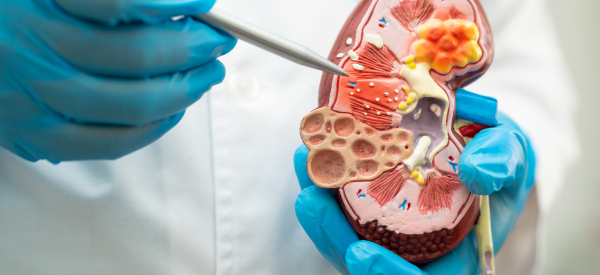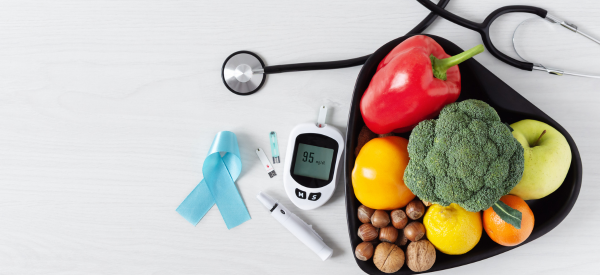As adults get older, the signs of aging begin to emerge. And being prepared for those changes is half the battle. To be prepared, older individuals and their family members can educate themselves as to what those signs are and what they entail. Knowing what to expect is most certainly one of the healthiest and smartest approaches to getting older.
According to the National Institute of Health, there are eight areas of age-related change to be familiar with. For today’s purposes, let’s hone in on the top two, which are, coincidently, the most well-known.
1. Brain: Memory and Alzheimer's Disease
The folks at the NIH admit that as adults age, many of them worry that they are becoming more forgetful. “They think forgetfulness is the first sign of Alzheimer's Disease,” NIH reports. “In the past, memory loss and confusion were accepted as just part of growing older. However, scientists now know that people can remain both alert and able as they age, although it may take them longer to remember things.”
Takeaway: Give your loved ones the extra moments that they need to organize their thoughts. Patience has always been a virtue, after all, so let’s use it with the ones that we love most.
2. Bones and Joints
The NIH explains that our weight-bearing bones and movable joints have experienced a lot of wear and tear over the years. And wi
th that wear and tear comes common age-related conditions, such as osteoporosis and arthritis.
“Osteoporosis is a disease that weakens bones to the point where they break easily—most often bones in the hip, backbone (spine), and wrist—and most often in women,” NIH explains. “As people enter their 40s and 50s, bones begin to weaken. The outer shell of the bones also gets thinner.
“There are different kinds of arthritis, each with different symptoms and treatments,” NIH continues. “Arthritis can attack joints in almost any part of the body. Millions of adults and half of all people age 65 and older are troubled by this disease.
“Osteoarthritis (OA) is the most common type of arthritis in older people. OA starts when cartilage begins to become ragged and wears away. At OA's worst, all of the cartilage in a joint wears away, leaving bones that rub against each other. Rheumatoid Arthritis (RA) is an autoimmune disease. In RA, that means your body attacks the lining of a joint just as it would if it were trying to protect you from injury or disease. RA leads to inflammation in your joints. This inflammation causes pain, swelling, and stiffness that can last for hours.”
Takeaway: As was the case with memory, there’s no need to push one’s limits or move too quickly. Besides, life has always been moving at a fast clip – and our bones and joints have been taking on the brunt of that fevered activity. So when we’re with our aging loved ones, let’s take advantage and finally take the time to smell the roses.




